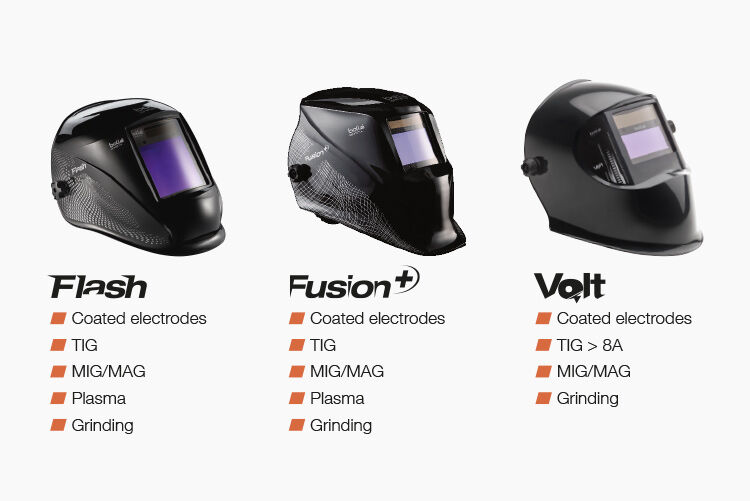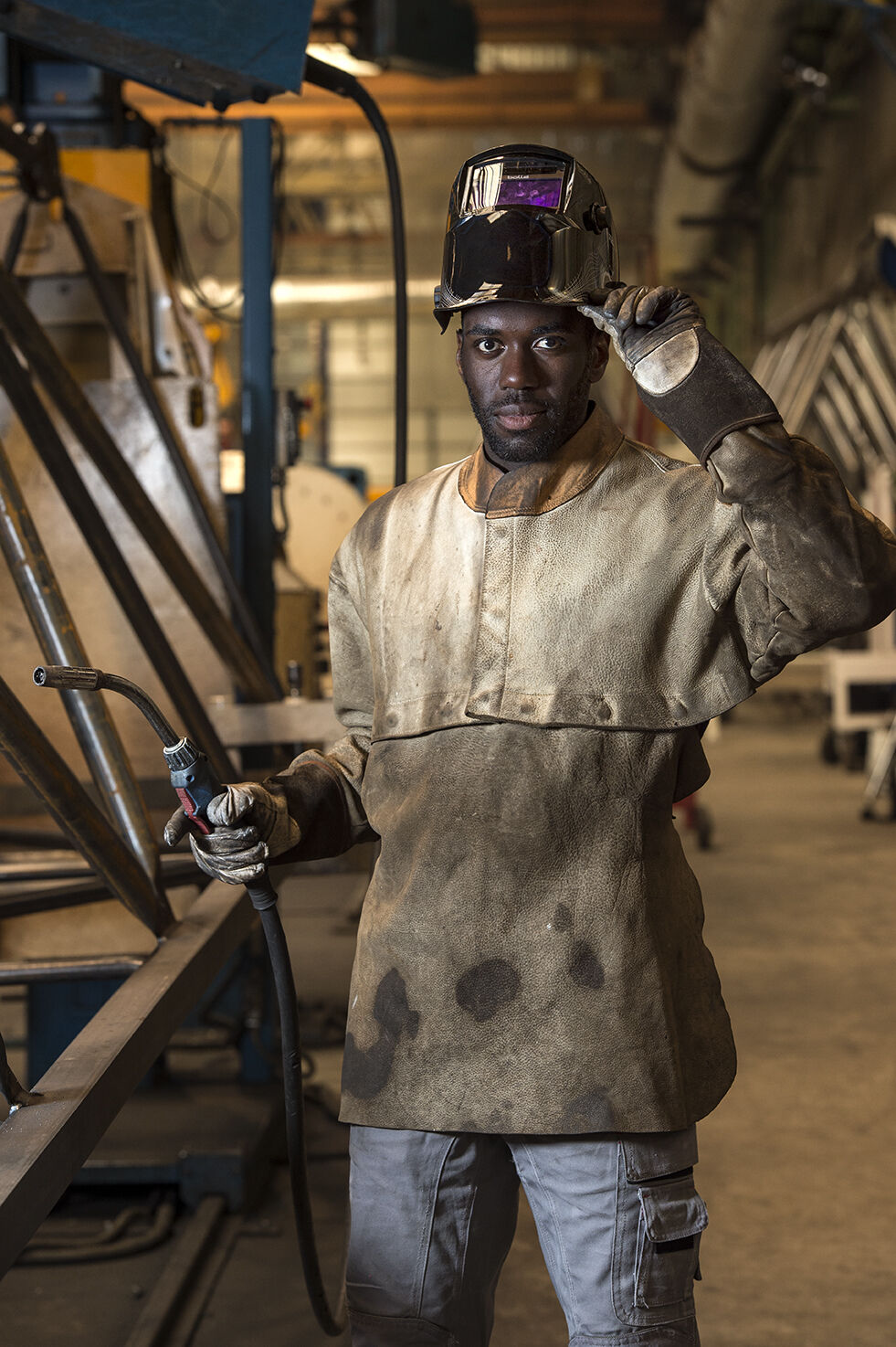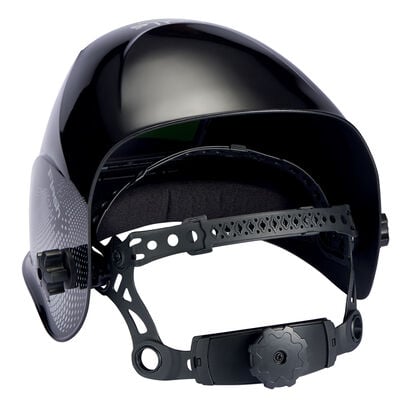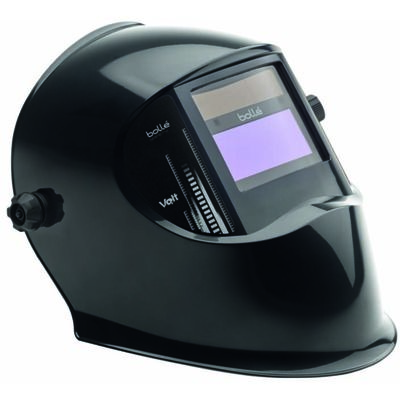ARC WELDING IS A GENERIC TERM FOR A PROCESS IN WHICH AN ELECTRIC ARC
IS CREATED BETWEEN AN ELECTRODE AND THE PARTS TO BE ASSEMBLED.


Electric welding, a trade for experts
Electric arc welding is a method of assembly by fusion with or without additional metal, ideal for the permanent and solid joining of two or more metal pieces. To create this fusion, we use energy from a high intensity, low voltage electric arc between a consumable or refractory electrode and the parts to be assembled. Whatever the arc welding procedure used, the dexterity and experience of the welder are key factors in the resulting welding quality.
The different arc welding procedures are as follows: Coated Electrode arc, TIG, PLASMA, MIG/MAG, Flux-core MIG/MAG. Except for the strictly manual Coated Electrode Arc procedure, the other welding procedures can be performed manually or automatically.
Electric arc welding with coated electrodes
This is the best-known welding procedure. The arc releases great heat and is established between the consumable electrode and the parts to be assembled. The fusion of the coating stabilises the arc, provides the gaseous protection and adjusts the metallurgical characteristics of the liquid metal.
This procedure is used in workshops and very often on work sites, principally for non-alloy or low-alloy carbon steels, stainless steels and also for surfacing.
Equivalents:
- MMA
- SMAW
- Process 111 according to ISO 4063
Arc welding with non meltable electrodes
-
TIG welding (Tungsten Inert Gas)
The electric arc is established between the parts to be welded and a non-consumable Tungsten electrode protected by an inert gas (mainly argon). The arc is created between the refractory electrode (- of the generator) and the part (+ of the generator) under a gaseous flux; generally, it is a rare gas or a mixture of rare gases. Manual TIG welding is a relatively slow procedure with high quality welding results. This procedure is mainly used for welding thin metals and for a wide spectrum of materials including the most delicate to weld such as steels, stainless steels and also aluminium, magnesium, titanium, copper and nickel-based alloys. Equivalents:- GTAW Gas Tungten Arc Welding according to American standards- Procedure 141 according to ISO 4063
Arc welding with meltable electrode wire
MIG/MAG process
With this procedure, the arc is established between a consumable electrode wire which represents the filler metal and the parts to weld, protected by gas. MIG-MAG welding is also called "semi-automatic" welding because of the motorised feed of consumable electrode wire in the torch.
The choice of the MIG (Metal Inert Gas) or MAG (Metal Active Gas) procedure is made depending on the materials to be welded and the protective atmosphere.
- The MIG procedure is used for:
- aluminium alloys for which inert gases are used (exclusively argon or an argon/helium mix).
- high-alloy steels (stainless steels) for which an argon-mix gas is used with a low percentage of oxidant gas.(CO2 and/or O2).
- The MAG procedure is used for:
- low-alloy steels or steels, with a blend of so-called active oxidant gases (CO2 and O2), to stabilise the arc and adjust the morphology of the cord and the melted area.
Flux-core MIG/MAG: the filler metal is not a "solid" wire but a tubular wire filled with flux and/or metal powder ideal for adjusting the operating conditions and/or the metallurgic properties of the welding itself. The protective gas is always present.
Equivalents:
- Metal Inert Gas
- Metal Active Gas
- GMAW: Gas Metal Arc Welding (uses a solid electrode wire) according to American standards
- FCAW: Flux Core Arc Welding (uses tubular wire, a so-called "flux-cored" wire) according to American standards
- Process 131 (MIG) or 135 (MAG) according to ISO 4063
Plasma welding
Plasma welding is an automatic welding process. Similarly to TIG, the arc is established between a refractory electrode and the parts to be welded.
The arc must pass through a very narrow nozzle which dramatically raises its temperature (to the "plasma" state), resulting in high energy density.
Plasma welding is used principally for stainless steels and certain noble metals like titanium and its alloys.
Equivalents:
- PAW: Plasma Arc Welding according to American standards


BOLLÉ SAFETY PROTECTS EVERYONE’S EYESIGHT
The eye is a fragile and vulnerable organ. There are many types of eye injury with severity ranging from simple irritation to total blindness. This is why it is so important to be aware of all potential risks in the workplace. Protecting eyes is our business; ensuring unbeatable product quality is our motto!
Unprotected electric-arc welding is dangerous.
It can lead to painful inflammation of the cornea and irreversible opacity of the eye’s crystalline lens, called cataracts. Our line of products is entirely researched and designed to meet current standards and your expectations in terms of comfort and style. Our team of specialists will help you find the best solution for your risks.
Bollé Safety traceability
Product and batch identification ensures product quality control upstream in the distribution chain. This tracking is part of the Bollé Safety approach to constantly improve its product offering, quality, service and overall company efficiency.
Reliable and comfortable products: Bollé Safety guarantee
All Bollé Safety products comply with current European standards. Helmets from the range are guaranteed on average between one and two years.
For safety and standard requirements, the auto-darkening filters must be protected by an inner and outer protective screen.
No warranty will be given for damaged filters used without protective screen. The consequences of incorrect use are not covered by the warranty.
Active filters with liquid crystals: "smart" technology
Active welding filters provide reliable protection. Whether in a clear or darkened state, they ensure permanent protection against UV / IR emissions, heat, sparks and projections. The filter’s degree of protection is defined to avoid "blinding" by the electric arc. Active welding filters must always be used with a welding helmet.
When an electric arc is struck, the active welding filters automatically darken and when the arc is extinguished, they return to their initial clear state. So the active welding filters free up the welder’s hands and therefore save time, reduce fatigue and greatly improve quality thanks to better arc positioning. These filters must be protected by an outer and inner polycarbonate protective screen.
Active Technology: technical filters for optimum protection.













